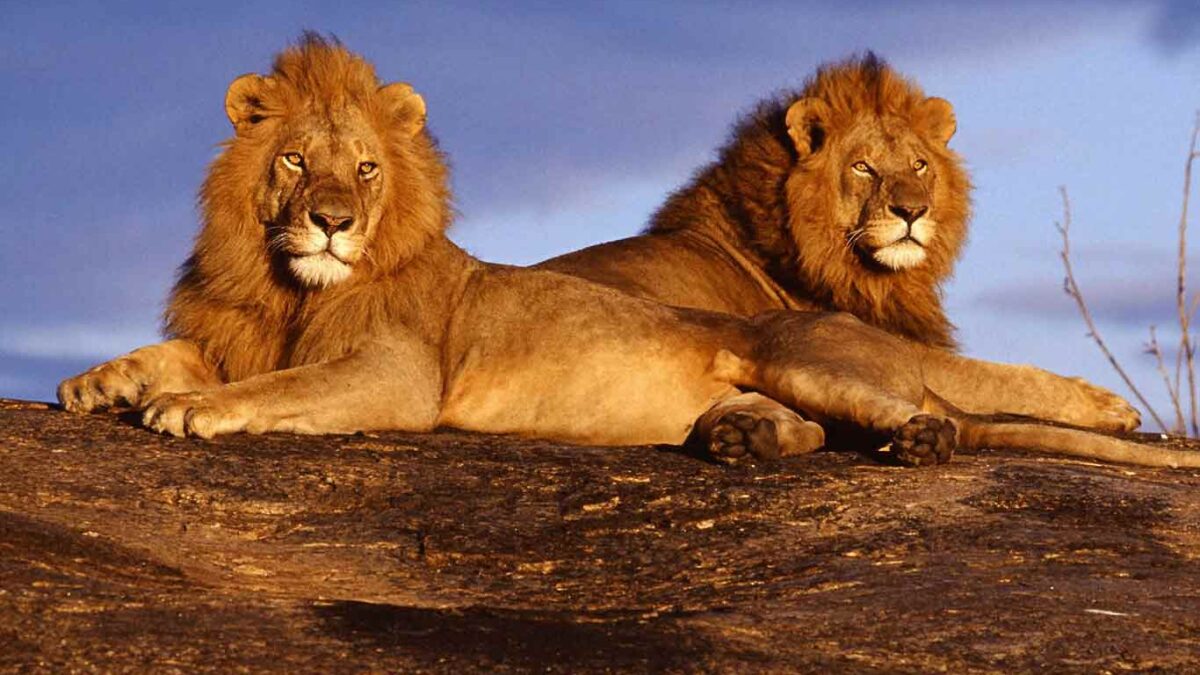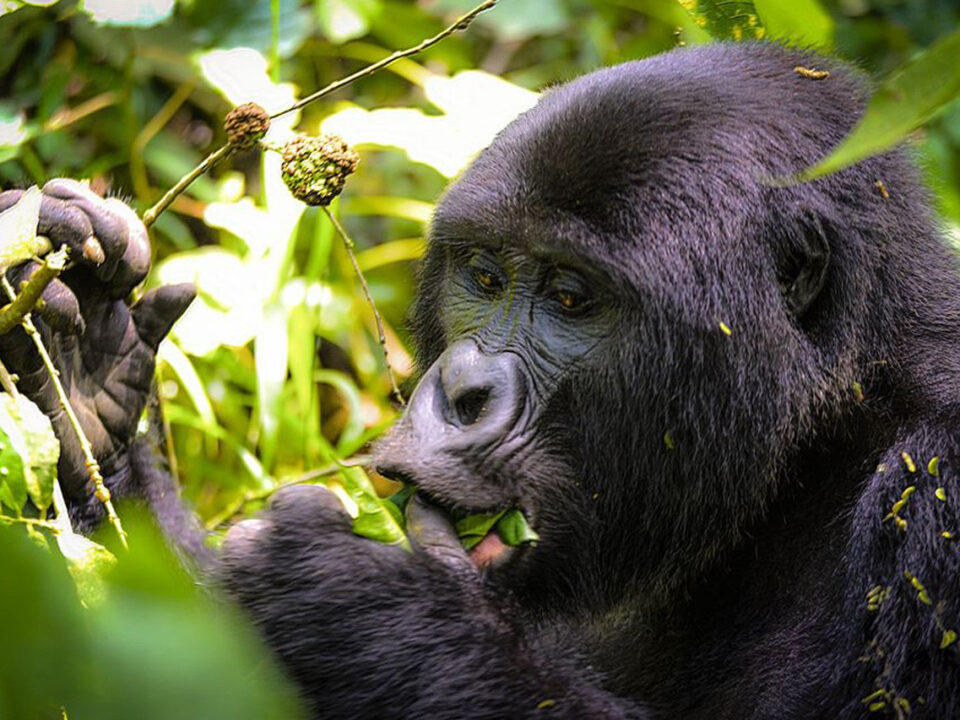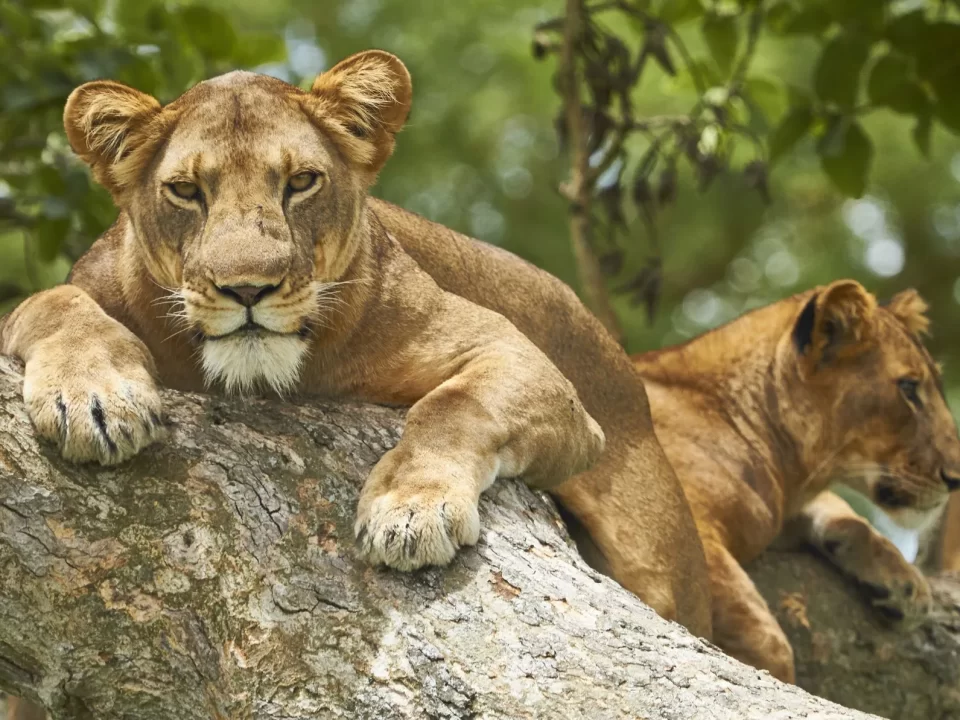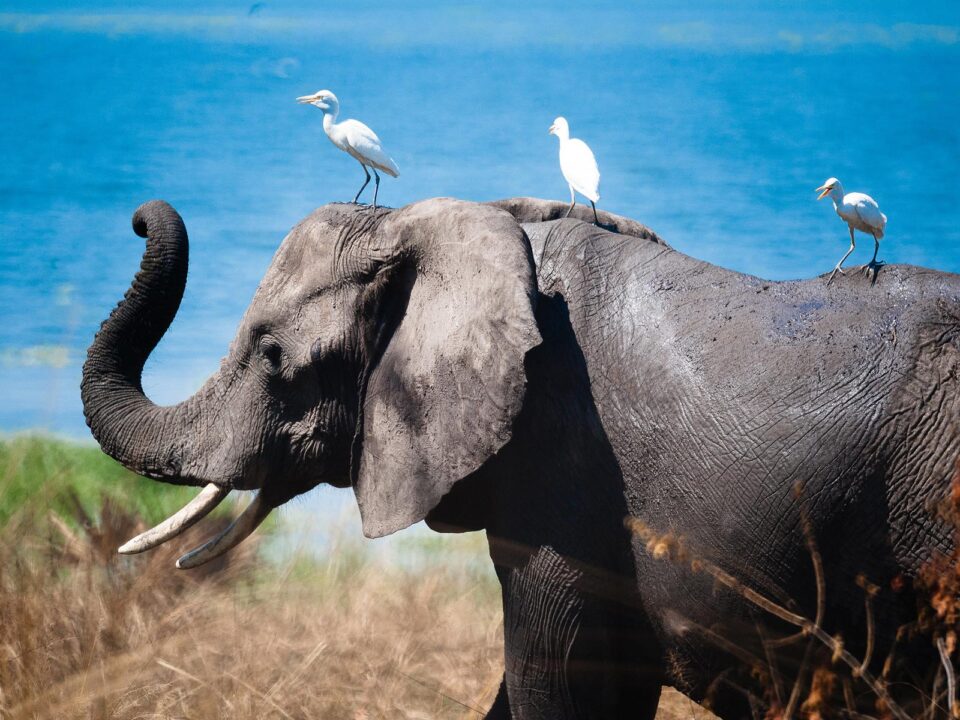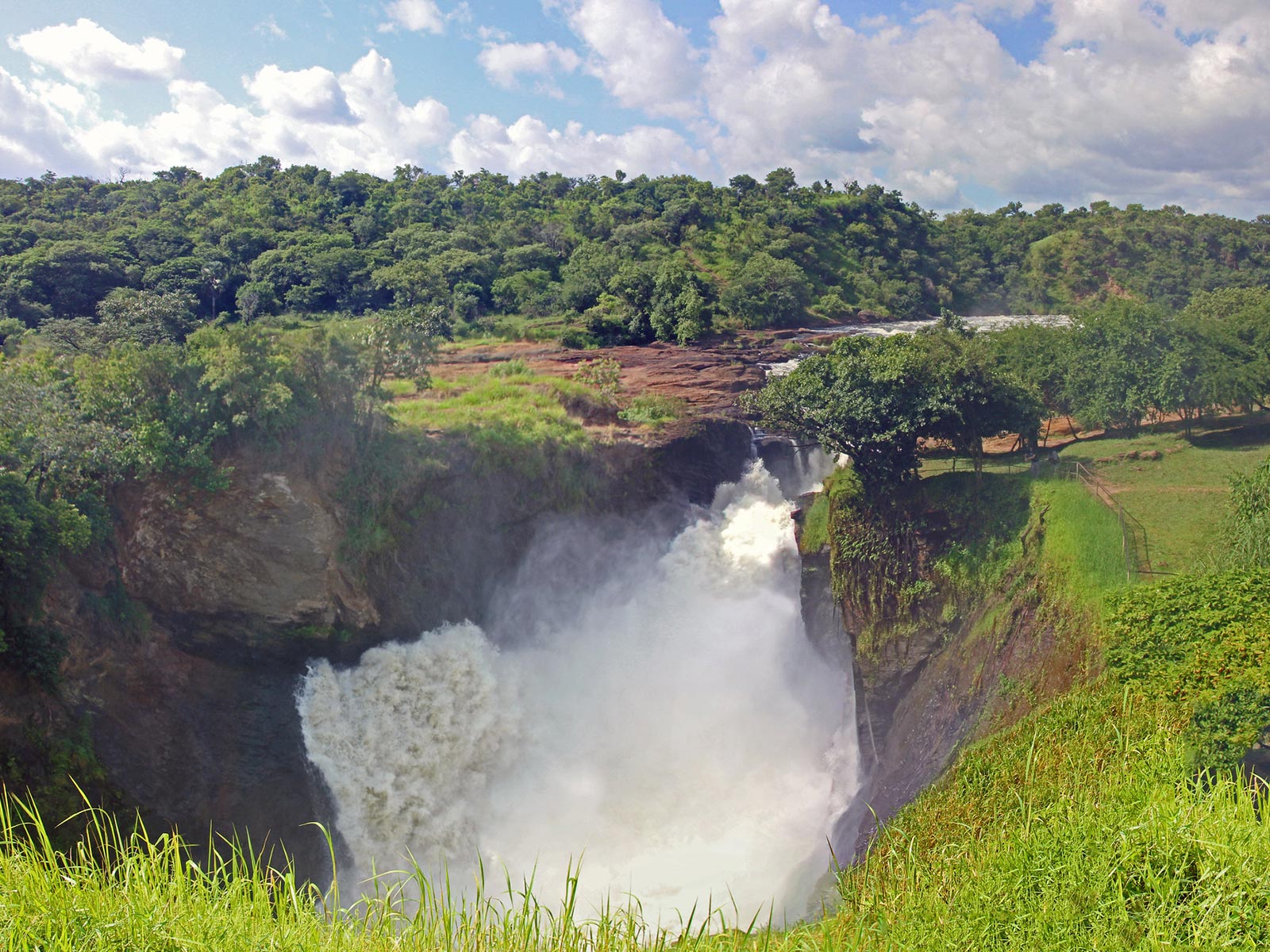
Which part of Uganda is Murchison falls?
December 28, 2023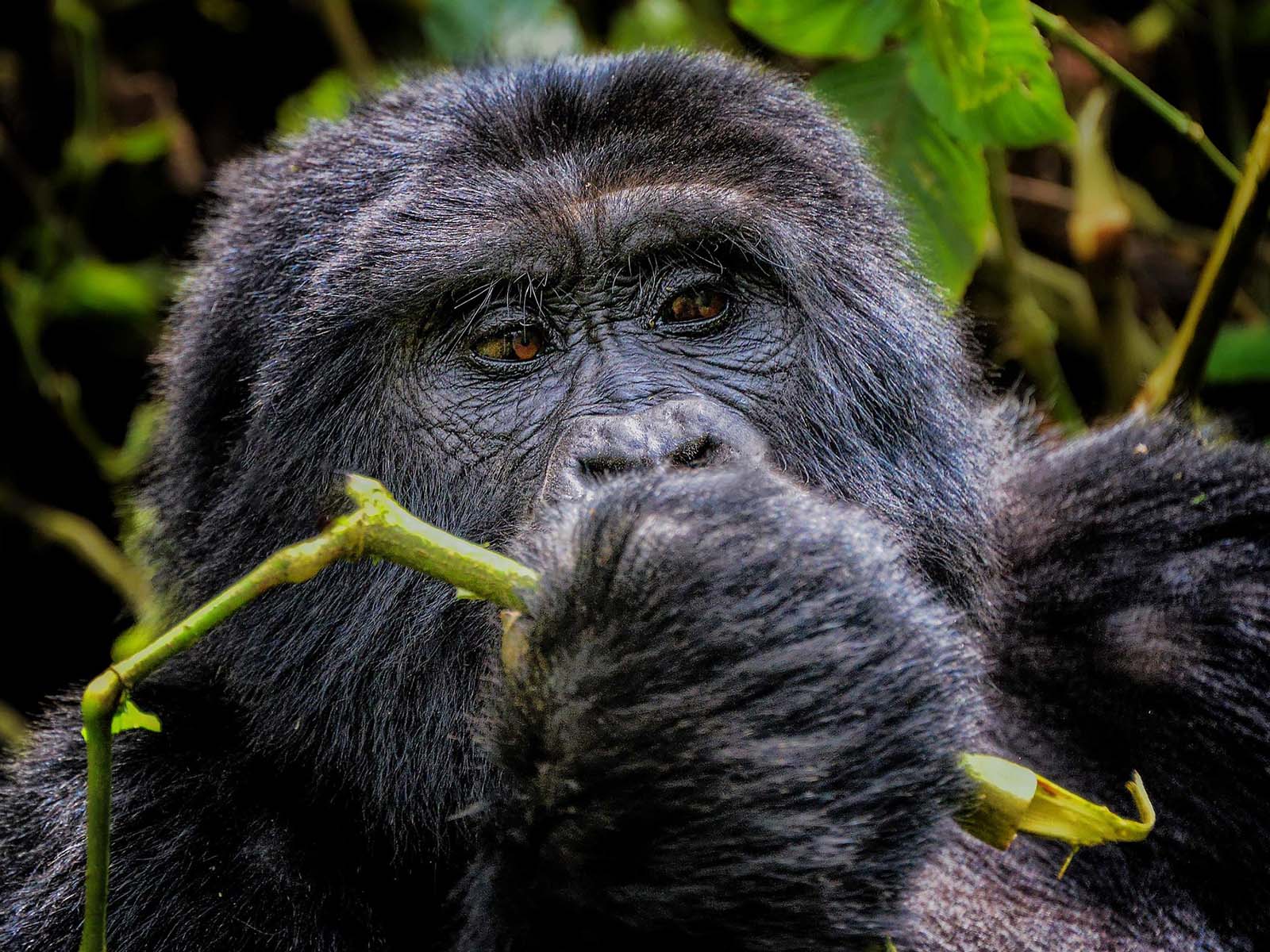
Gorilla Watching Holidays in Uganda-Rwanda
December 28, 2023Decoding the Anatomy of Safari Costs: Unraveling the Enigma of African Safari Expenses
What makes up the cost of a safari? — Embarking on an African safari is a dream harbored by many, yet the perceived notion of exorbitant costs often deters enthusiasts. In our exploration of what constitutes the cost of a safari, we unravel misconceptions and shed light on affordable options for an unforgettable African adventure.
Understanding Safari Costs
The prevalent belief that safaris are exclusively for the affluent is dispelled as we delve into the multifaceted components shaping safari expenses. While high-end safaris exist, the realm of budget-friendly options is accessible, ensuring a remarkable experience without financial strain.
Accommodation and transportation, the primary pillars of safari costs, offer a spectrum of choices. From basic to luxurious, tents to lodges, and closed vans to open vehicles, diverse options cater to varied preferences and budgets.
Group/Private Safari Dynamics
Choosing between a budget-friendly overland group safari and a more exclusive private safari dictates not only costs but also the nature of the experience. Group safaris, economical yet extensive, provide shared exploration but may limit the quality of game drives. Conversely, private safaris, often associated with luxury lodges, offer personalized experiences for families or groups of friends.
Accommodation Palette
The diversity in accommodation within national parks and reserves adds layers to safari costs. Budget, mid-range, and luxury options present unique features, from basic tents to opulent chalets. The key lies not in the type of accommodation but the luxury level, shaping the final safari price.
- Budget: Basic tent camps with shared facilities or basic lodges with shared amenities, often excluding meals.
- Mid-Range: En-suite rooms in lodges, providing additional comforts without the opulence of luxury offerings.
- Luxury: From luxury tents with all amenities to private lodges and family chalets, these options often include all-inclusive experiences.
Transport during Game Drives
The mode of transportation during game drives significantly influences the safari experience. From closed safari vans in budget options to open safari vehicles in mid-range and luxury safaris, the choice impacts wildlife visibility and photographic opportunities.
- Budget: Closed safari vans may hinder visibility, providing a less immersive experience.
- Mid-Range: Open safari vehicles or 4×4 wheel drives enhance visibility, guaranteeing a window seat for optimal wildlife spotting.
- Luxury: Smaller groups, open safari vehicles or land cruisers, and dedicated guides and spotters elevate the luxury safari experience.
Optimal Timing for Budget Safaris
Understanding the seasonality of safaris is crucial in managing expectations and costs. While June to September is generally considered the prime time for safaris across African countries, budget-friendly options often emerge outside the high season. June and September present opportunities for affordability with fewer crowds and favorable wildlife viewing.
Safari Duration and Value
While a shorter safari may seem cost-effective, various factors impact the overall value. Considerations such as distance from the airport, international flights, and additional costs (park fees, meals, etc.) influence the real value of a safari. Investing in a longer safari ensures ample time for wildlife enjoyment and leisurely photography.
Airport Accessibility
Proximity to the nearest airport plays a pivotal role in safari planning. Budget to mid-range safaris may or may not include airport transfers, requiring attention to additional costs. In luxury safaris, transfers are typically included, often in private vehicles or even charter flights for an elevated experience.
Choosing Your Safari: Tailoring the Experience to Your Preferences
The pivotal question arises: What safari aligns with your preferences, needs, and budget? The breadth of options ensures a tailored experience, from tent camping for nature enthusiasts to lodge stays for those seeking comfort. The key lies in gathering information, aligning expectations, and selecting a safari that resonates with individual travel styles.
In navigating the intricacies of safari costs, the journey transforms from a perceived luxury to an attainable adventure, unveiling the diverse landscapes and unparalleled wildlife of the African continent.

